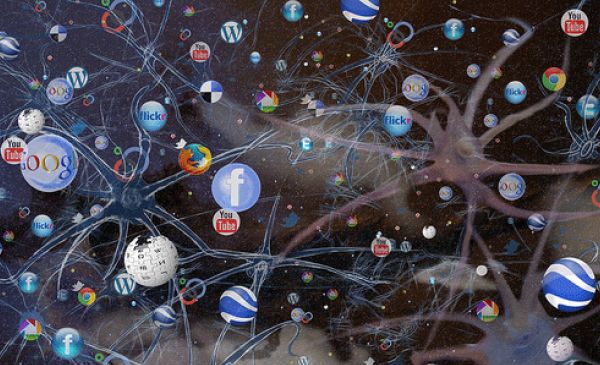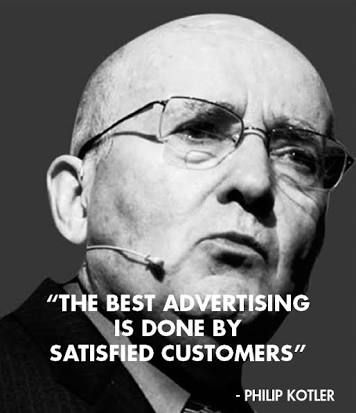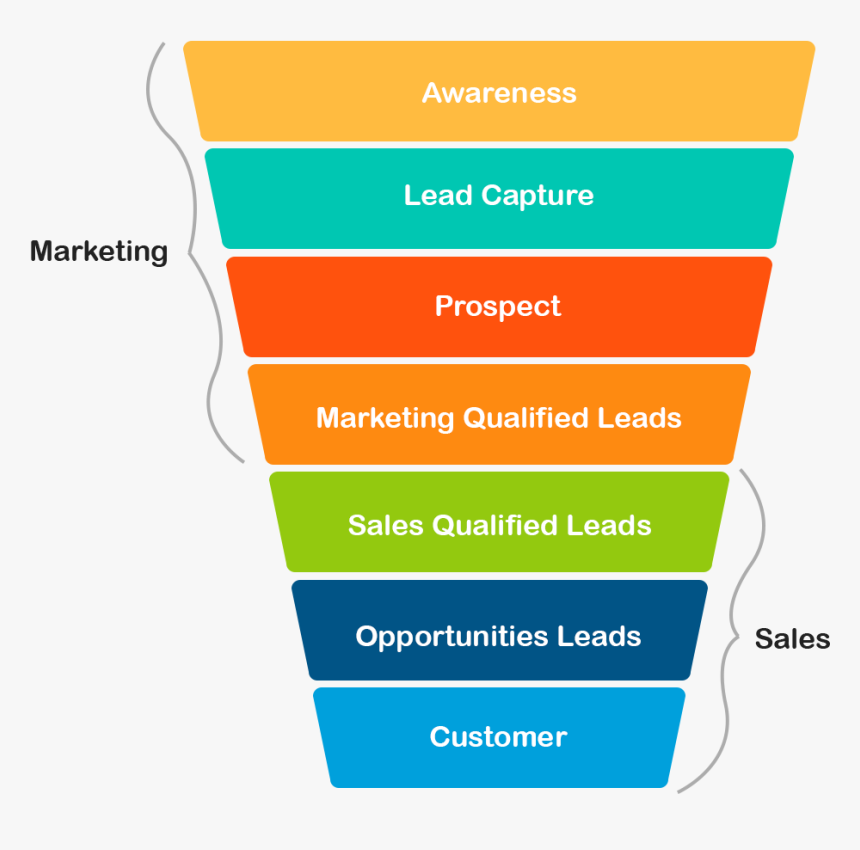Digital marketing is the application of a set of digital media marketing strategies.
Currently, a large number of techniques and actions of Offline Marketing or Traditional Marketing have been translated into the online world and Digital Marketing.
The digital realm is constantly evolving. New tools are constantly appearing or current ones are being improved.
Factors such as immediacy, new networks, and the possibility of increasingly exhaustive measurement of each of the strategies implemented are included.

Let’s start with the principle: the definition of Digital Marketing and a brief history of its evolution. Subsequently, we’ll define what Digital Marketing is for and end up explaining how companies can get the most out of it.
Let’s go!
Phillip Kotler, known worldwide as the father of modern marketing and the first expert in the strategic practice of marketing, defined Digital Marketing as follows:
Digital Marketing is a set of activities that a company or person runs on the Internet in order to attract new businesses and develop a brand identity.
Phillip Kotler

Digital marketing primarily promotes brand visibility and awareness and grows sales, but can be used for multiple purposes through numerous online marketing techniques. marketing online.
As we mentioned before, the concept of Digital Marketing does not remain static; the practice of this discipline is constantly evolving. In addition, in recent years the tools and platforms of digital marketing have not stopped growing.
The concept or definition of digital marketing was first used in the 1990s. It was at the beginning of the Internet that the term digital marketing was created.
During the decade of the 2000s and 2010s, with the evolution of technology and the emergence of new social and mobile tools, the concept of Digital Marketing began to expand unstoppably. Ceasing to be used only for the purpose of advertising for customers, and adding the objective of creating experiences that include users.
Philip Kotler divides Digital Marketing into three eras, which clearly explain its evolution:
In the 1990s, the first version of the Internet arrived, called Web 1.0. This version of the internet did not allow users to interact with web pages in an active way, it only allowed to find information in a simple search system. Users passively accessed the content.
It was still quite similar to traditional marketing:communication was one-sided, made by the company and the consumer passively received the content without any interaction of any kind between the two parties.
When the first click-free ads appeared, Internet users began to have more interaction with the companies they advertised on the web. However, it did not happen until the 2000s that digital marketing became something else, as we know it today.
The greatest characteristic of the Web 1.0 era is the impossibility of communication and user exposure. Only companies were in control of what was published about themselves.
With Web 2.0 the possibility of sharing information easily, easily and quickly was created thanks to the advent of social networks and the rapid evolution of ICT (Information and Communication Technologies) that allow the almost instant exchange of videos, images, etc.
During the Web 2.0 era, the Internet ceased to be used as a means to search for information exclusively, and began to become a community, where users constantly establish relationships with other users from different countries of the world.
In this era communication became more democratic, and all participatory users became producers of important content on the Internet.
From now on, users can interact with each other and also with content available on the Internet. The increase in the number of Internet users has led to this change, which continues to grow to this day.
In the stage of the Web 3.0 we introduce the concept of semantic web, it is intended that navigation adapts to the user’s tastes.
The Web 3.0 not only allows conversation and interaction between its users, it also allows you to act proactively and help users to perform a more personalized navigation. Due to the large avalanche of information, it tries to provide the user with the closest experiences.
This era takes place thanks to the constant technological evolution, which allows the application of new languages, new search and storage techniques.
The union between content normalization and artificial intelligence allows us to obtain that reliable information. It’s about making machines in charge of searching and discovering information for us.
When we access a website and get advertising based on previous actions and browsing experiences,or the news that appears to us is related to our interests is when we can most observe these changes.
Web 3.0 takes into account our tastes, preferences, habits and even context. But in return for all the navigation benefits and improvements you have brought with it, we find the negative factor that our privacy is stored, with all the controversy that this has brought with it and the need to apply a data protection law of all Internet users.
Web 4.0 proposes a new model of interaction with the user more complete and personalized,offering concrete and customized solutions to the needs of the navigator.
It is a much more active website and functions as a virtual assistant with artificial intelligence. Current virtual assistants understand language and rely on previous actions, preferences, and other user-specific factors.

On the other hand, Web 4.0 is much more interactive. The large amount of information thanks to big data,machine learning and the improvement of current attendees allow maximum customization and optimization of tasks.
Web 4.0 is a necessary layer of integration for the exploitation of the semantic Web and its enormous possibilities. It is a new model of the Internet that was born with the aim of improving the era of web 3.0, adapting in real time to the rapid evolution of ICT today.
The Web 4.0 era has changed the way companies innovate. In the virtual plane, actions are much more active and customized with users.
Traditional Marketing approaches the customer in a direct and intrusive way. For its part, Digital Marketing connects with internet users through quality and value contentwith the aim that the product or service is perceived by the consumer.
Let’s see what Digital Marketing is for:

First of all, you must know your client. Define your buyer person.
This way you can find the right message, tone and positioning to target when you implement your marketing and communication strategies in general (advertising, social networks, content creation, etc.)
You can’t target all your potential customers, because your message would be too general and unsusable, thus losing quality and impact possibilities because it’s not specific enough.
Define your ideal customers to put yourself in their skin, understand their needs and preferences and be able to talk to them as closely as possible by gaining their trust. You may encounter 2/3 (maximum) preferred customer types.
What any company is looking for is to increase its sales. Digital marketing strategies are the best way to achieve this.
By implementing the largest number of actions in your marketing strategy, you can increase the possibility of capturing from the most convenient way to a potential consumer so that your sales professionals can do their best work: Sell.
So it is essential to have a powerful Digital Marketing strategy, to be able to find your target audience, and it is best to achieve it from several ways.
Many studies prove, in terms of investment, that it is easier to retain current clients than to gain new clients.
Digital Marketing will help you stay loyal to your customers. Maintaining constant contact without being invasive will allow you to get consumers to establish a connection with your business.
It is important that you do not forget to always try to attract more customers, you can achieve this with good strategies such as good SEO positioning.
Through Digital Marketing,you can make your brand known to various types of audiences.
Your lead and buyer person can be found within any type of audience. Implementing good digital marketing strategies to increase your notoriety will help the largest number of users know your business and brand, regardless of which audience they belong to.
Online reputationis the prestige or esteem that a brand or person acquires on the Internet. It is not completely under the control of a company, as internet users can contribute to manufacturing it by providing their comments and opinions.
Thanks to Digital Marketing and certain monitoring tools,you can know the status of your brand’s online reputation.
Television, radio and print ads require a huge amount of resources.
Although it is a mistake to think that in Digital Marketing you don’t need to have a good budget, the investment costs can be quite lower. Depending on the type of business, investing in paid advertising to obtain concrete results allows the entrepreneur to decide the amount to invest based on their economic capabilities.
Among the number of actions and Digital Marketing strategies that can be applied today in companies, we highlight the following.
Getting good positioning on Google is vital. When a person requires information, wants to know something, or wants to know a product or buy it, search Google.
If you need help developing your SEO strategy, feel free to contact us at Kiwop.
For urgent web projects that do not have time to develop an SEO action for urgent reasons and for those web projects that begin it is often necessary to use Google paid advertising also known as Search Engine Marketing or SEM.
Pay per Click is the methodology by which you pay for every click a user makes when they see advertising.
This implies that this user has a clear interest, so he clicks and the website has to be perfectly adapted so that the ad matches the content that the person will find when they arrive at the web.
Conversion Rate Optimization (CRO) means increasing the conversion rate of any website, e-commerce, or marketing campaign.
CRO involves Digital marketing optimization, website optimization, landing pageoptimization, testing, customer experience, usability,and any discipline focused on optimizing user behavior on a website.
Web speed has become an essential factor in each website that you have to take into account if you want to have optimized web, since it will contribute both in usability (UX) as in positioning in online search engines (SEO) or conversion (CRO).
The WebPerformance Optimization (WPO) includes all actions aimed at improving the web upload speed,that is, how quickly users can load and interact with pages on a website.
Social networks are perfect platforms to apply Digital Marketing. But it’s important to know how they’re used and what they’re used to get the most out of them.

Each social network has a different role with its own structures, rules and behavioral labels.
Thus, the LinkedIn social network is oriented to the world of business while facebook or instagram generates communities that dialogue, share and comment on other users’ posts.
Therefore it is convenient to know what you want to be in a network for: attract customers, question, solve doubts or offer promotions.
Email marketing is aimed at online stores and corporate websites that have a customer database.
The databases must be their own, not purchased, for which the user has voluntarily registered and requested to receive the advertising that will be sent to him. Otherwise we’d be talking about spam.
A good email marketing campaign raises offers, remembers special purchase dates, or serves to maintain constant contact with the buyer.
Email marketing is not about indiscriminately sending unwanted advertising to any email found in the database, because among other things it can result in the irritation of users and that they stop following us.
Remarketing is a digital marketing technique by which companies can display contextual advertising to people who have visited your website but have not completed any type of purchase.
Remarketing allows companies to target users,checking when the purchase process is being abandoned and that specific advertising is offered to those people who have already shown an interest in buying.
It is important to update each website at the time you see sales ratios drop, that there are new models that are more effective or that a higher customer share or greater effectiveness in sales and conversions can be achieved.
Therefore, having a continuous CRO service and content marketing (which we will define below) is important.
Creating content for your application in an effective Marketing strategy is an important source of traffic, leads, and sales.
Writing content that generates value for users is a factor that differentiates successful companies from those that don’t, as they generate up to 70% more leads per month.
For this, it is necessary to carefully define which messages to publish, how often and through which channels (from a website, blog, social networks, newsletter, etc.), identifying how the content should be to attract and retain audiences.
We hope you’ve been able to expand your knowledge of what digital marketing is and what it’s for. Also put into practice the digital marketing strategies for the companies we have shown you.
Remember that if you need help or want us to solve any questions related to your e-commerce or digital marketing strategy, we will be happy to do so.
Contact us or follow us on our Instagram profile.
At Kiwop, we are specialists in content writing, digital marketing, web development and e-commerce.
Don’t think about it anymore and…
Optimize your online business with Digital Marketing strategies!
If you want to have the website you want or increase the online visibility of your brand, we know how to do it.
Shall we start today?
Leave a Reply